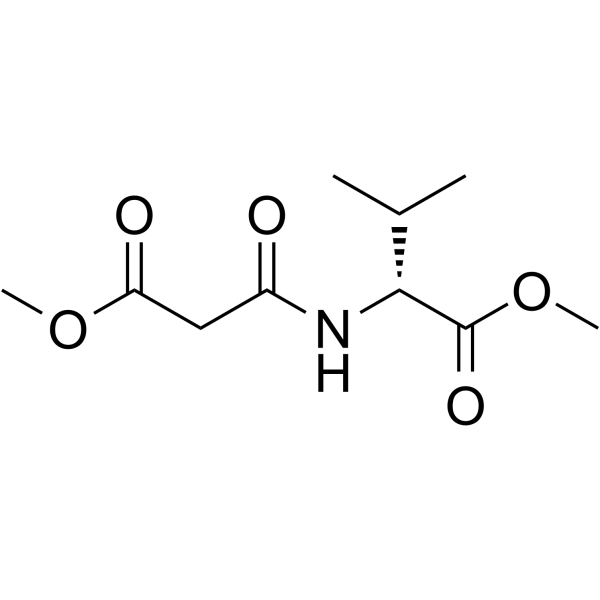1446971-41-0
| Name | ZLc-002 |
|---|
| Description | ZLc-002 is a selective small-molecule inhibitor of nNOS-Capon coupling. ZLc-002 suppresses inflammatory nociception and chemotherapy-induced neuropathic pain. ZLc-002 can be used for the research of anxiety disorder and inflammation[1][2][3]. |
|---|---|
| Related Catalog | |
| In Vitro | ZLc-002 (1 μM; 24 h) inhibits nNOS-CAPON in cultured hippocampal neurons from ICR mice[3]. Cell Viability Assay[3] Cell Line: ICR mice hppocampal neurons Concentration: 1 μM Incubation Time: 24 h Result: Inhibited the nNOS-CAPON in cultured hippocampal neurons from ICR mice. |
| In Vivo | ZLc-002 (30 mg/kg; i.p. from 4-10 days until 46 days after stroke everyday) improves motor function in tMCAO mice[1]. ZLc-002 (40 mg/kg; i.v. once per day for seven days) can improve chronic mild stress (CMS)- induced anxiety-related behaviours[2]. ZLc-002 (10 μM 1 μL; hippocampus injection once per day for seven days) can improve corticosterone (CORT)-induced anxiety-related behaviours[2]. Animal Model: tMCAO mice[2] Dosage: 30 mg/kg Administration: Intraperitoneal injection; 30 mg/kg per day; from 4–10 days until 46 days after stroke Result: Signally ameliorated sroke-induced impairment of motor function and recovered from stroke in the delayed phase. Animal Model: Adult male ICR mice with CMS exposure[2] Dosage: 40 mg/kg Administration: Intravenous injection; 40 mg/kg once per day; from 21-27 days of CMS exposure for 7 days Result: Showed a therapeutic effect in CMS-induced anxiety disorder. Animal Model: Adult male ICR mice with CORT[2] Dosage: 10 μM 1 μL Administration: Hippocampus injection; 10 μM 1 μL once per day; from 21-27 days of CORT reatmentfor 7 days Result: Showed a therapeutic effect in chronic stress-induced anxiety disorders. |
| References |
| Molecular Formula | C10H17NO5 |
|---|---|
| Molecular Weight | 231.25 |
